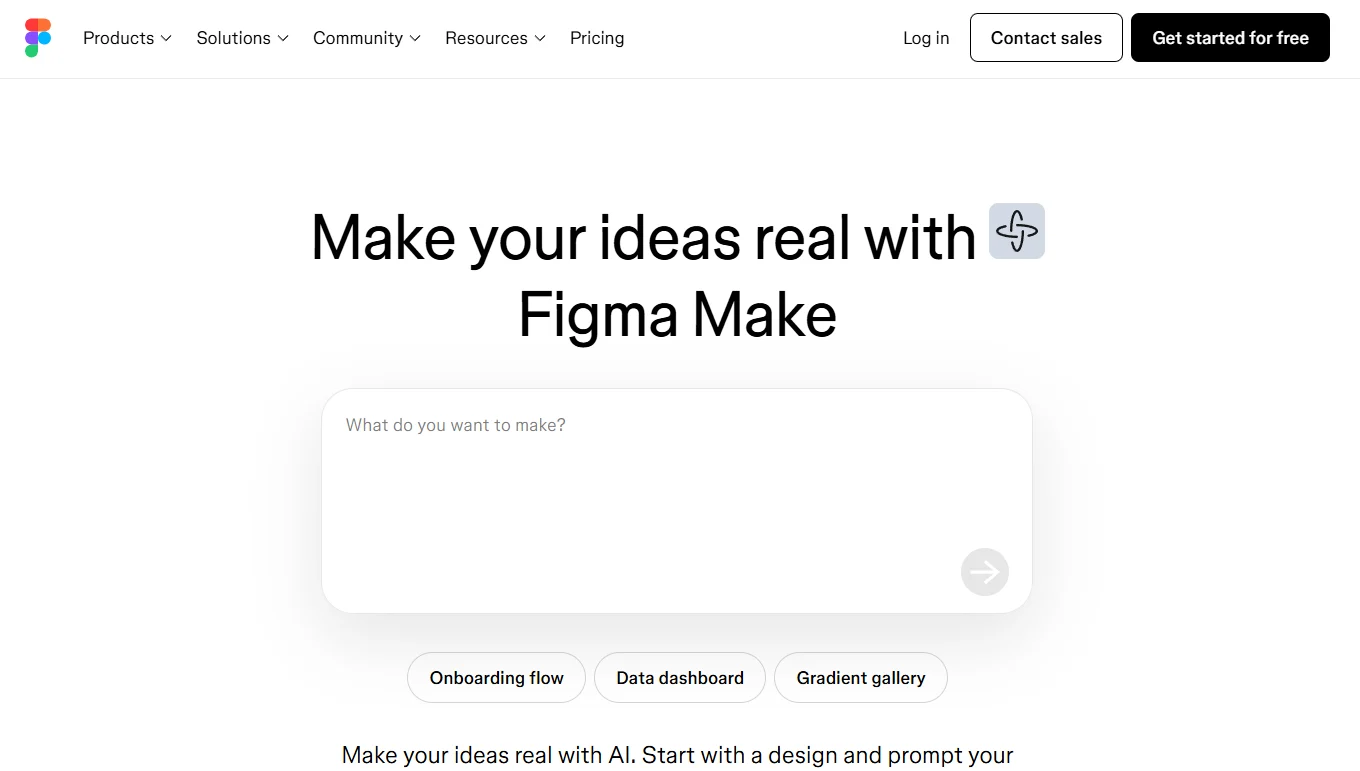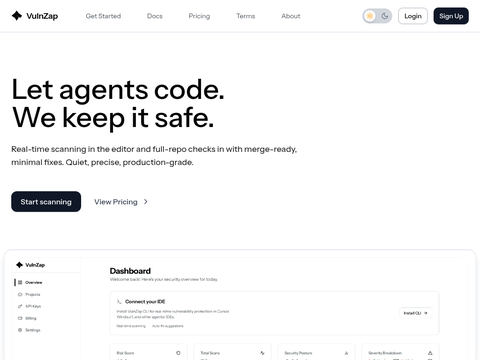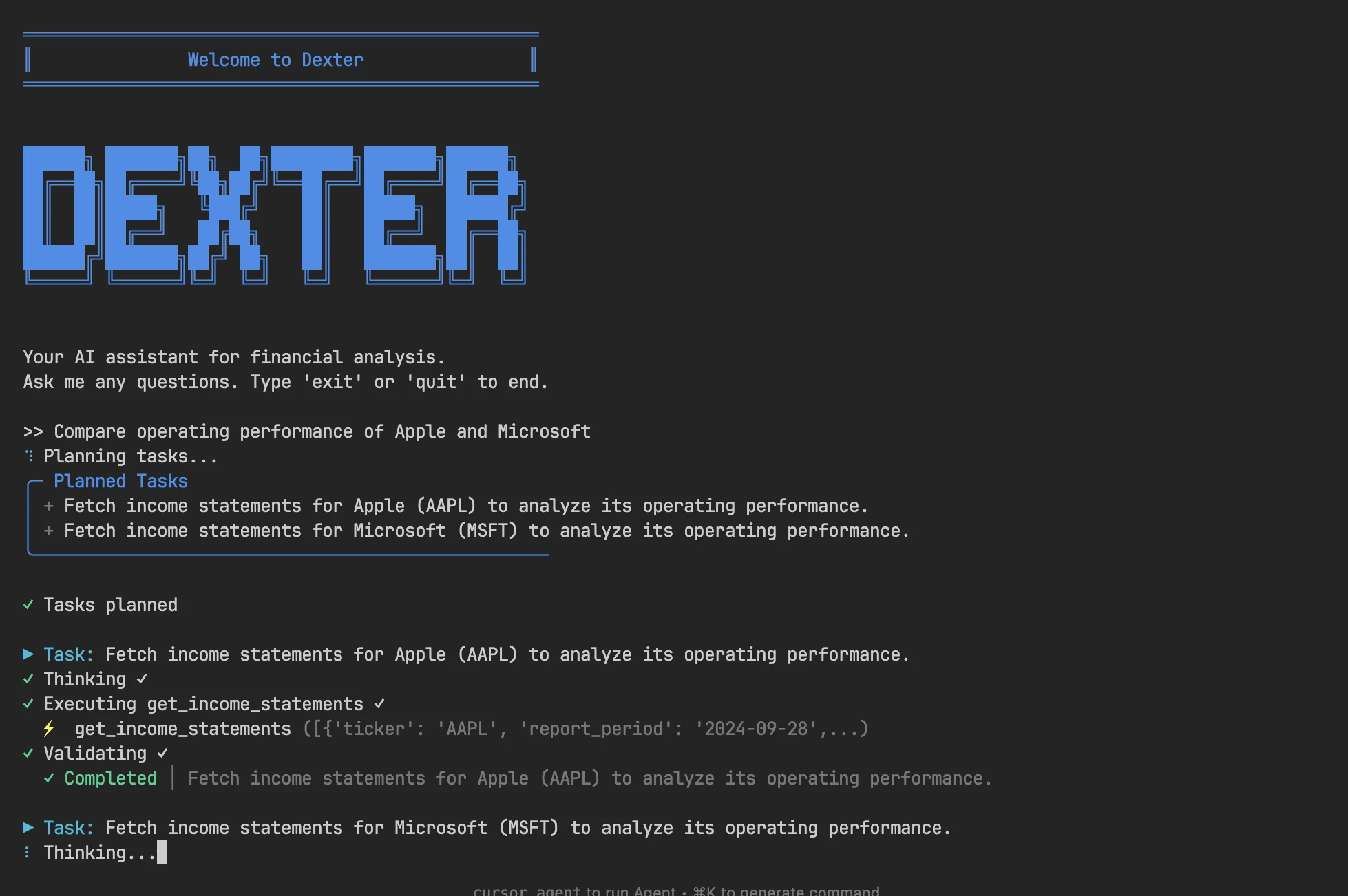On August 11, OpenAI was forced to overhaul its strategy 72 hours after facing intense backlash from its core user base.
Sam Altman announced on X that the company would reinstate older AI models like GPT-4o and significantly increase usage limits for paid subscribers as a goodwill gesture to appease dissatisfied users.
Altman revealed early Sunday that daily reasoning model usage had surged: free users rose from under 1% to 7%, while Plus users jumped from 7% to 24%. This necessitated immediate adjustments to higher quotas.
On August 7, OpenAI launched GPT-5 as a "unified system" that automatically matches optimal models. This move eliminated user access to legacy models like GPT-4o. For ChatGPT Plus subscribers paying $20/month, this disrupted established workflows where different models specialized in creativity, logical reasoning, and deep research.
Switching to a single model not only disrupted these arrangements but also removed cross-verification capabilities. The backlash quickly escalated into mass cancellations and online petitions.
Gizmodo reported that as public criticism intensified, Altman began reassurance efforts, admitting strategic miscalculations. When directly asked "Will you restore GPT-4o?" he responded: "Already done! Go to settings and select 'Show old models'."
To further address concerns, Altman announced significantly increased usage caps for GPT-5's reasoning capabilities, claiming all model categories would soon exceed pre-GPT-5 limits. When pressed for specifics, he revealed the new threshold is "3,000 times weekly"."
Altman also pledged greater transparency, planning to display active model information in interfaces and publish blog posts explaining capacity allocation decisions. He shared data showing Plus users' daily reasoning model usage rose from 7% to 24%, indirectly justifying the company's initial technological approach.
Ultimately, OpenAI retained GPT-5 as default while restoring user choice through legacy model options.








